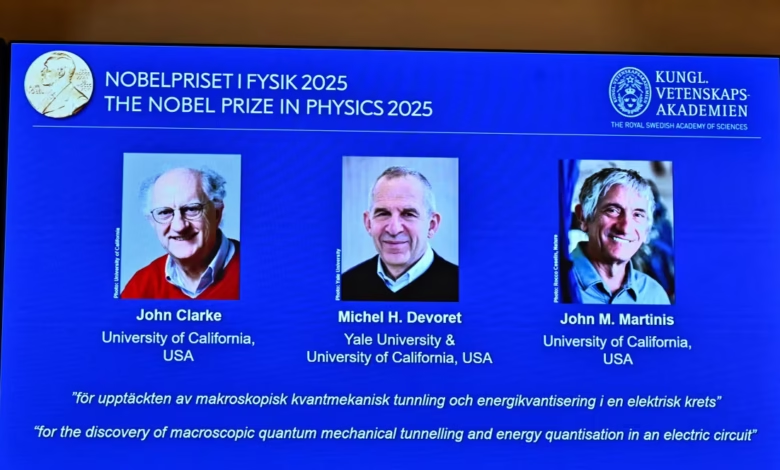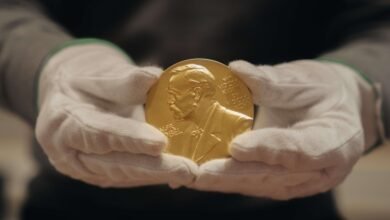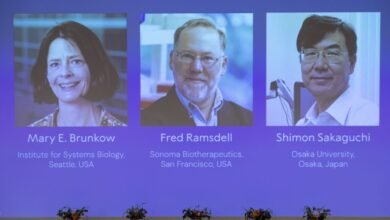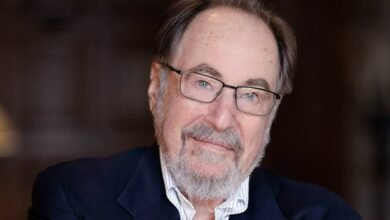2025 Nobel Prize Honors Macroscopic Quantum Tunneling

▼ Summary
– The 2025 Nobel Prize in Physics was awarded to John Clarke, Michel H. Devoret, and John Martinis for discovering macroscopic quantum tunneling and energy quantization in electrical circuits.
– Their work is recognized as foundational for developing next-generation quantum technologies like quantum computers, cryptography, and sensors.
– The laureates will share the $1.1 million prize and be honored at the presentation ceremony in Stockholm on December 10, 2025.
– Quantum tunneling allows subatomic particles to pass through energy barriers that would be impenetrable according to classical physics, based on probability.
– This phenomenon was experimentally observed in the 1950s when electrons unexpectedly tunneled through energy barriers instead of stopping.
The 2025 Nobel Prize in Physics celebrates a breakthrough discovery that fundamentally reshapes our understanding of quantum mechanics on a visible scale. John Clarke, Michel H. Devoret, and John M. Martinis have been jointly honored for their pivotal work revealing macroscopic quantum tunneling and energy quantization within electrical circuits. According to the Nobel committee, their findings unlock significant potential for advancing next-generation quantum technologies such as quantum cryptography, quantum computers, and highly sensitive quantum sensors. The three laureates will share the $1.1 million prize, with the official award ceremony scheduled for December 10, 2025, in Stockholm.
Expressing his astonishment, Clarke remarked during a press call, “To put it mildly, it was the surprise of my life.” He noted that their discovery forms a foundational element of quantum computing, though its full implications are still unfolding. Clarke also highlighted the broader impact, pointing out that everyday technologies like cellphones rely on principles stemming from this type of research.
The journey into quantum phenomena began over a century ago as scientists explored the subatomic world, where the predictable rules of classical physics give way to a reality dominated by uncertainty and probability. In this strange domain, events that appear impossible in our everyday macroscopic experience occur routinely.
A key example is quantum tunneling, where subatomic particles pass through energy barriers that should be completely impenetrable. Picture an electron as a wave of water approaching a tall wall. Unlike a water wave, which would be blocked if its height is insufficient, the electron’s wave nature allows it a small but real chance to seep through to the opposite side, even when classical physics says it lacks the required energy.
This counterintuitive behavior has been repeatedly confirmed through experimentation. During the 1950s, physicists constructed systems where electrons encountering an energy barrier would typically halt, unable to climb over it. Yet a fraction of these electrons defied expectation, tunneling directly through the barrier as though it weren’t there.
(Source: Ars Technica)



